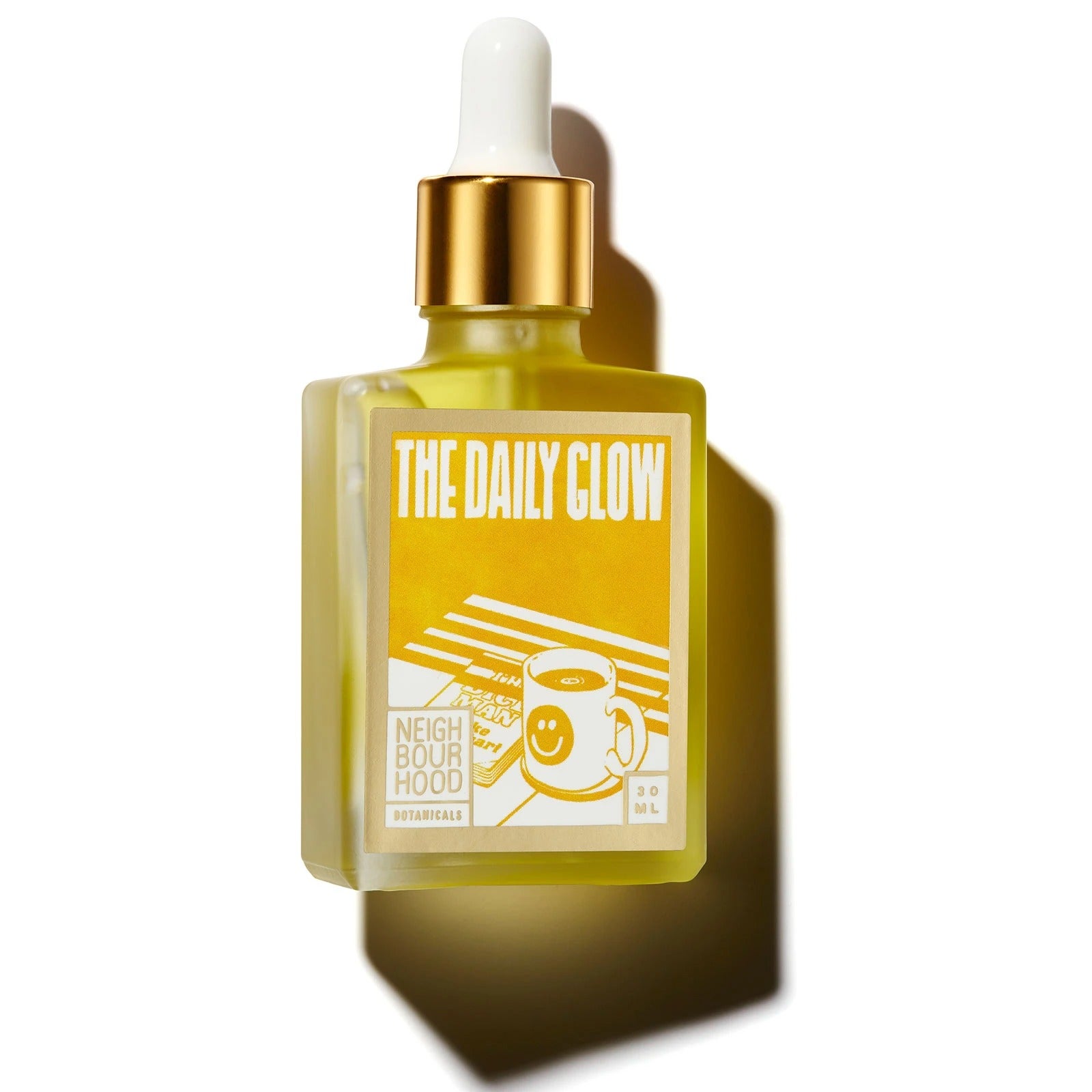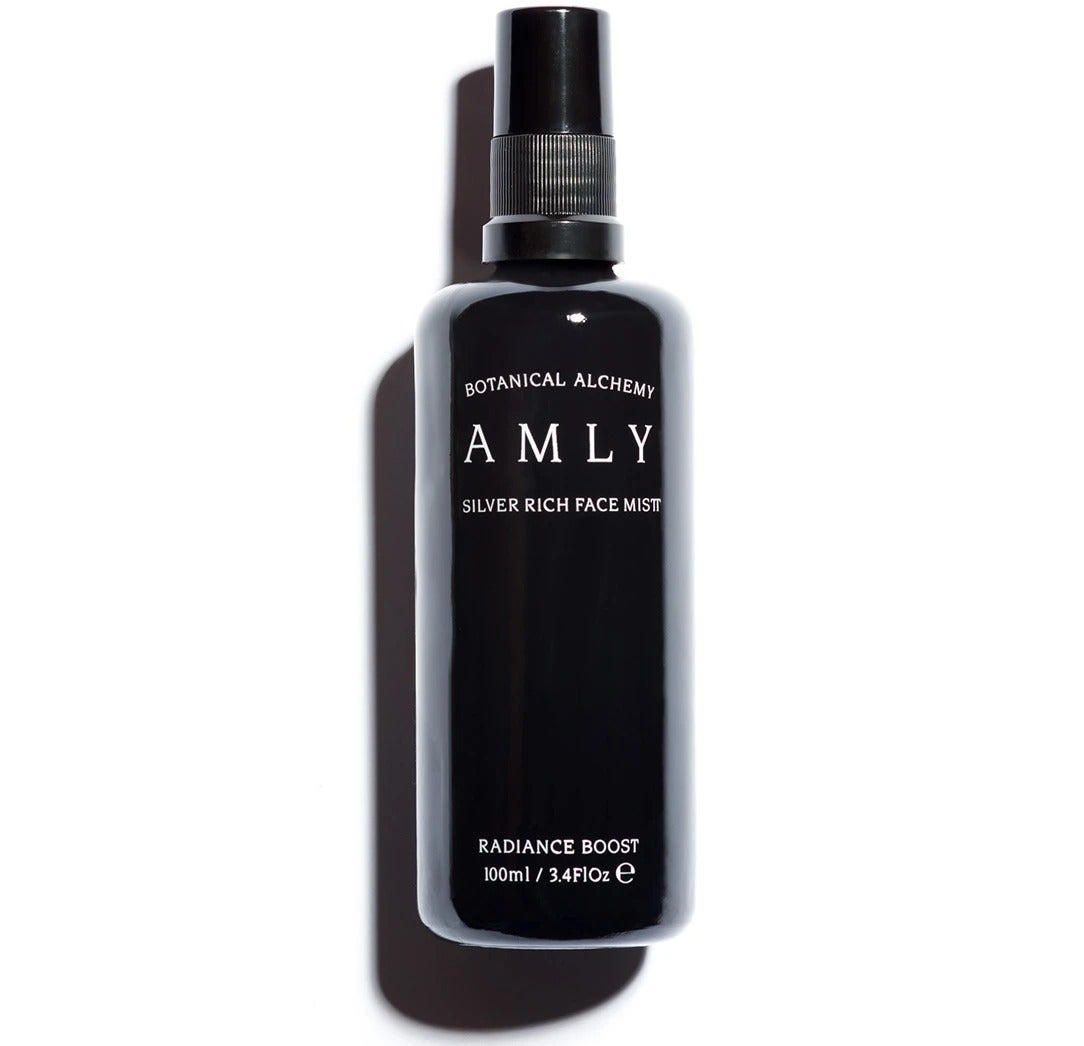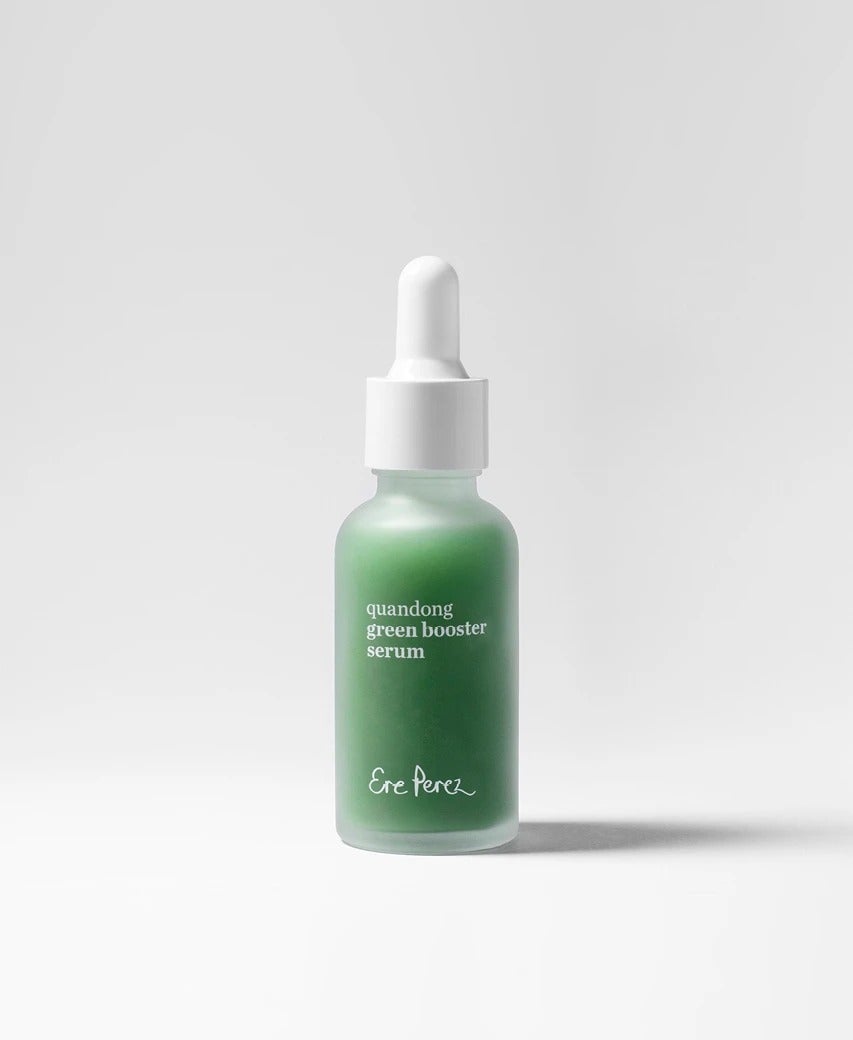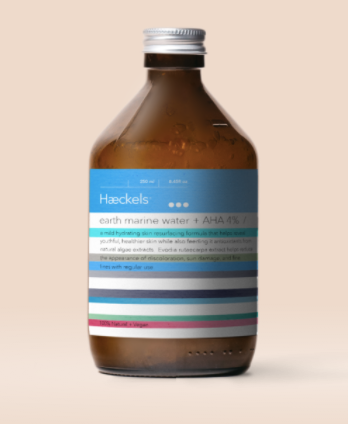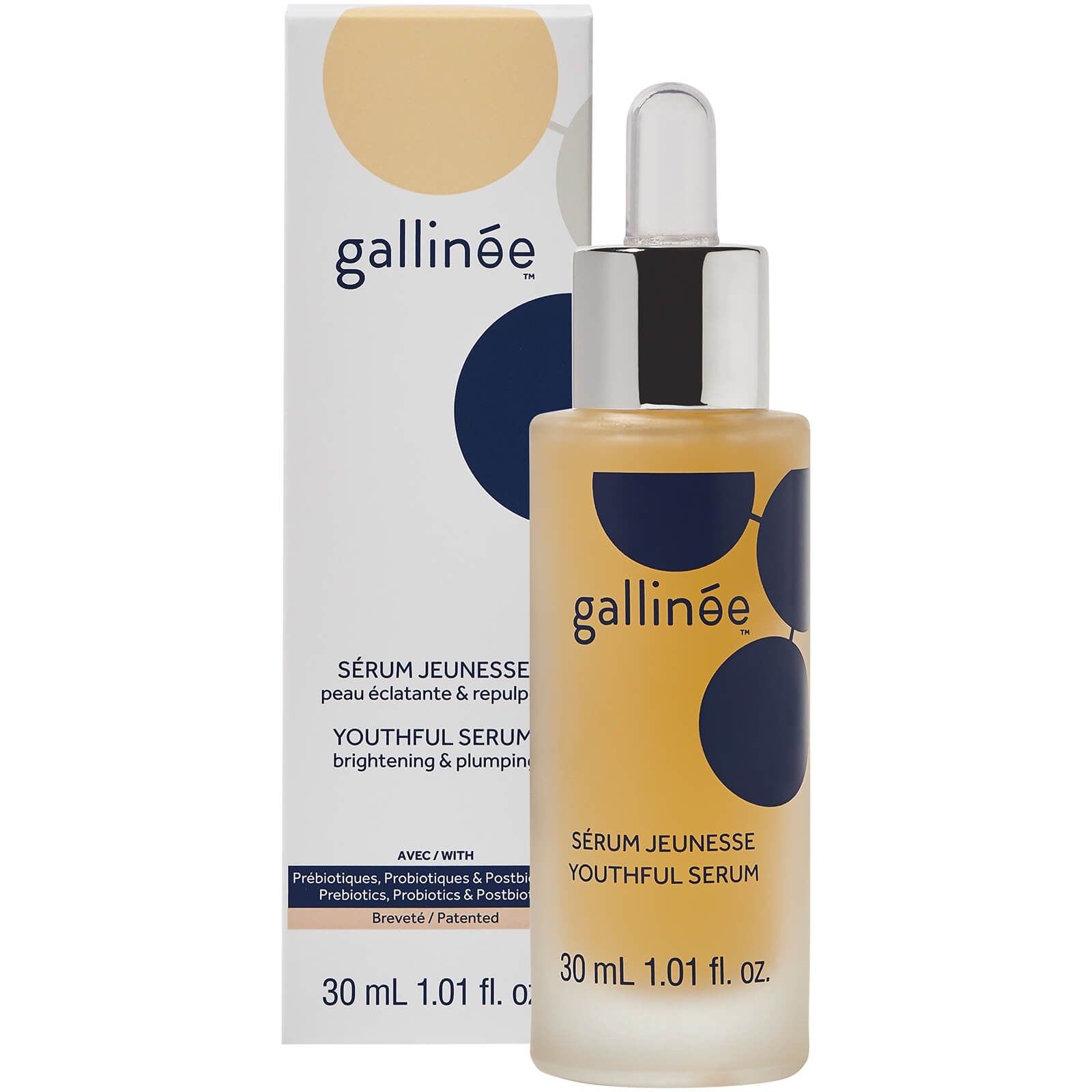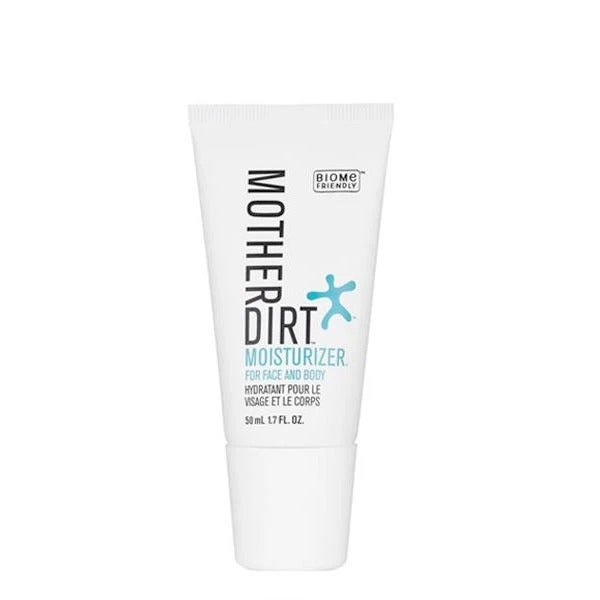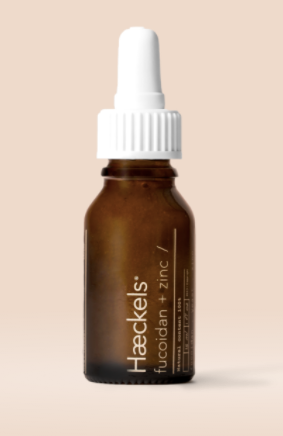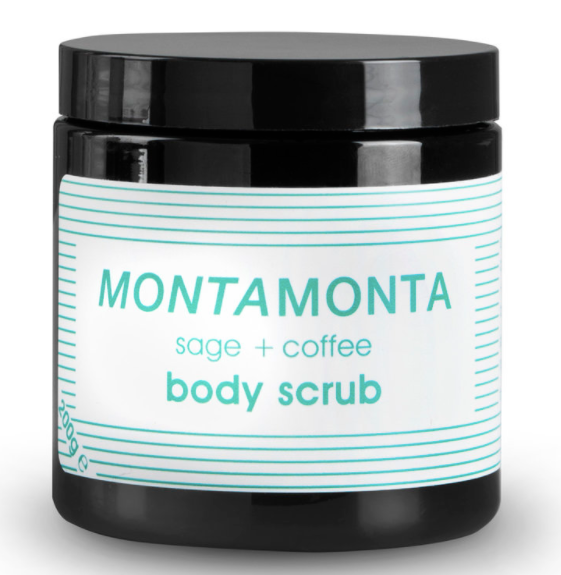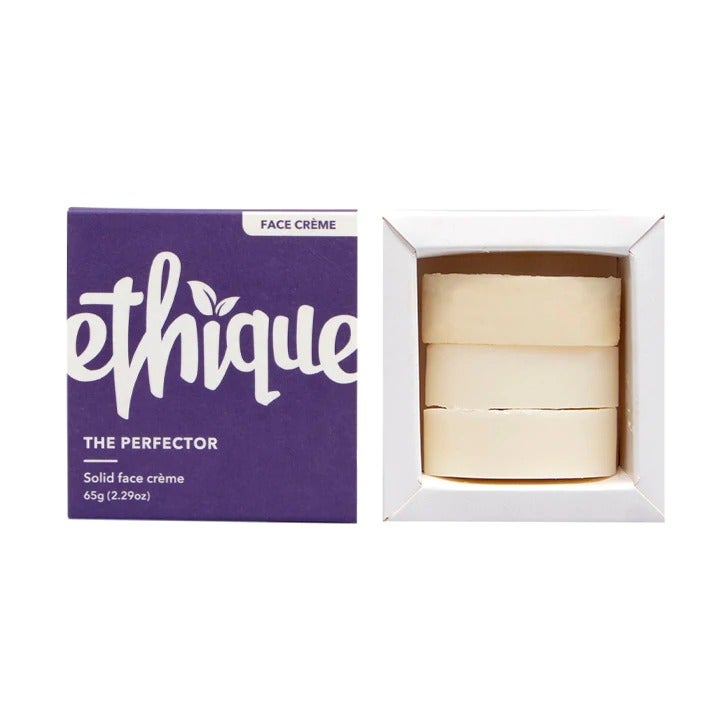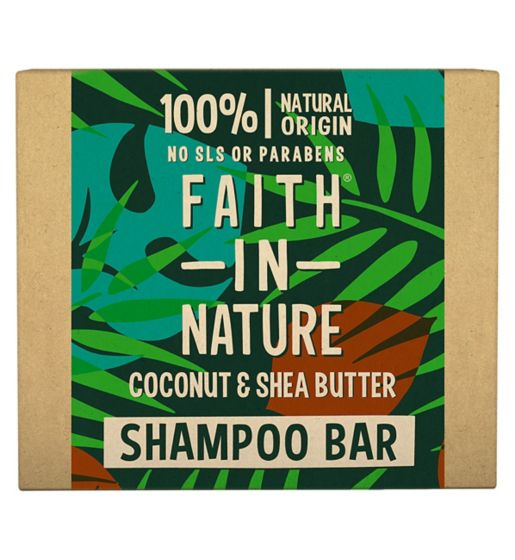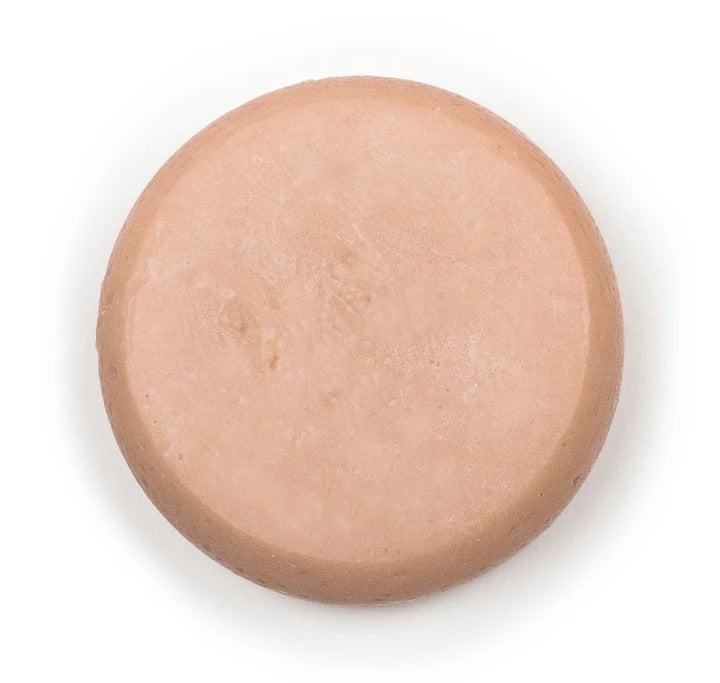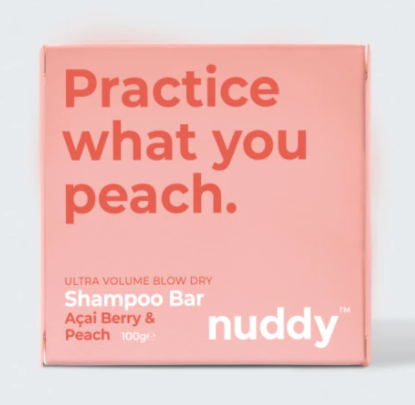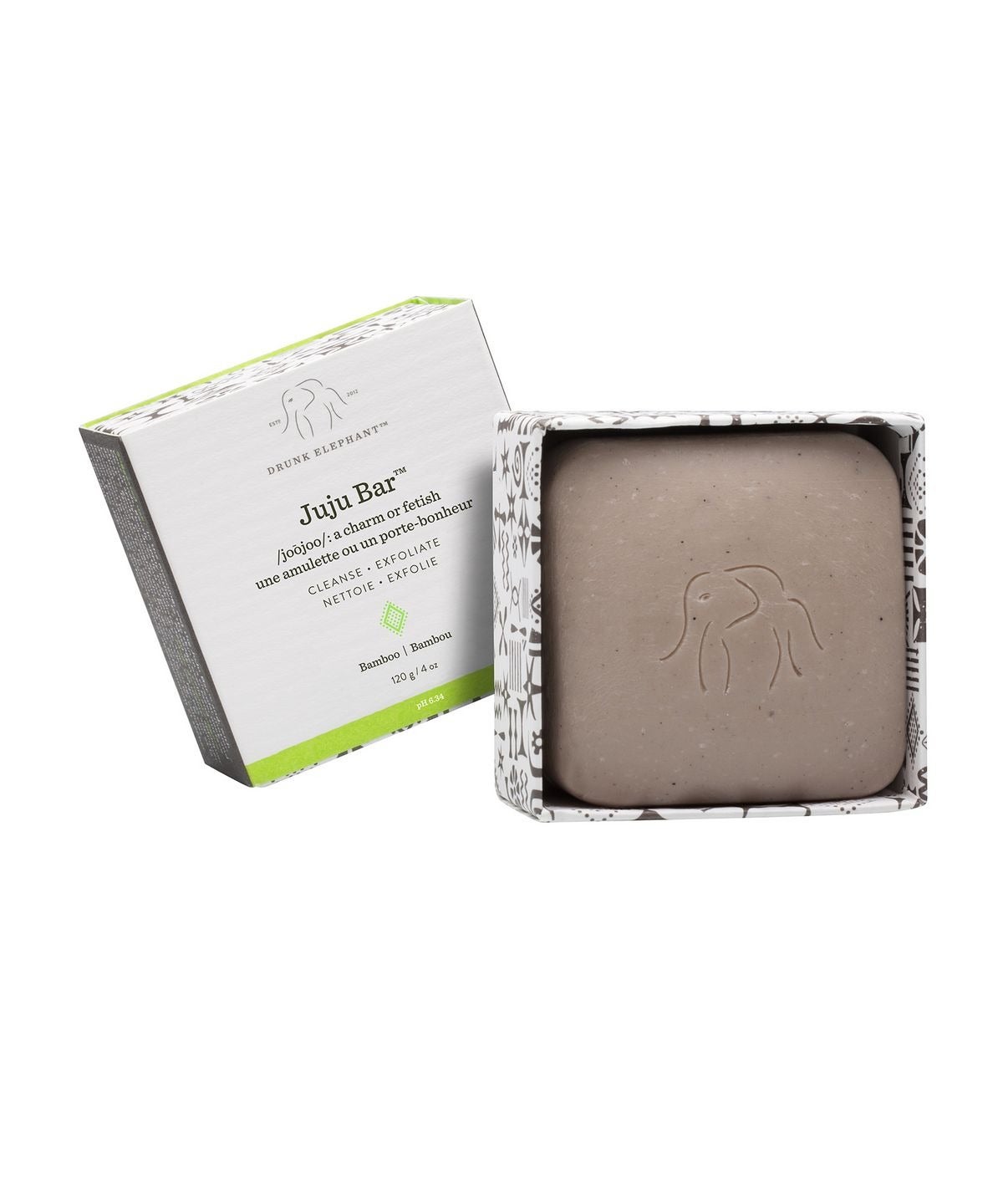The Difficult Truth About ‘Natural’ Beauty Products & Climate Change
Designed by Kristine Romano.
It’s time to wake up. On Global Day of Climate Action, VICE Media Group is solely telling stories about our current climate crisis. Click here to meet young climate leaders from around the globe and learn how you can take action.
From 'clean' to 'organic', the beauty industry bombards us with buzzwords but the most googled among them is 'natural', specifically in relation to skincare. It's a broad term, which actually has no concrete, recognised definition. The word implies that the ingredients come from natural sources (typically plants, such as extracts and oils) but it also comprises animal byproducts, such as honey and milk.
AdvertisementADVERTISEMENT
It's safe to say we are now more aware about what we put on our skin. With research suggesting that synthetic ingredients such as parabens (essential preservatives to stop skincare from expiring too quickly) and sulphates (surfactants which produce a lather) may cause irritation in sensitive skin, 'natural' has come to mean free from these components. It is also widely believed that natural ingredients are less polluting and therefore better for the environment. As a result, natural skincare is booming. A 2019 study by Statista showed that 58% of female consumers in the US look for natural or organic products while shopping for beauty. In the UK, the phrase 'natural ingredients' (alongside 'without preservatives' and 'cruelty-free') is most searched for when consumers look for beauty products. Yet despite natural beauty's popularity, its murky side is hard to ignore.
Is the natural beauty boom leading to climate change?
"The idea that 'natural' is always synonymous with 'environmentally friendly' is being dispelled," says Livvy Houghton, creative researcher at The Future Laboratory. Houghton says she has no doubt that any product used as religiously as skincare (whether it is natural or synthetic) is contributing to climate change. "While plant-based products may be biodegradable, they may not be as sustainable as they seem," continues Houghton, which raises the question: have we become so engrossed in the idea of sustainable packaging that we have failed to recognise that the very ingredients which comprise skincare are also contributing to climate change?
AdvertisementADVERTISEMENT
"Something that has attracted a lot of negative attention is the naturally derived ingredient palm oil," says Houghton. Known for being a common ingredient in processed foods, palm oil is also found in cosmetic products like soap and lipstick, and is a problematic natural ingredient guilty of exacerbating climate change. "It is a major driver of deforestation of some of the world's most biodiverse forests," adds Houghton. Alongside deforestation, Greenpeace reports that palm oil plantations disturb local communities and push endangered orangutans to extinction.
Rosewood essential oil, derived from the Aniba Rosaeodora, is also popular in aromatherapy and skincare but is currently listed as endangered on the IUCN Red List. According to Charles Victor Barber, director of the Forest Legality Initiative and senior biodiversity advisor at the World Resources Institute, rosewood has very recently become an issue and while its use in beauty may be fairly marginal in comparison to other industries, it cannot be overlooked. To harness rosewood oil, the entire tree must be cut down and since it grows slowly, there arises the issue with sustainability and deforestation, a major factor in climate change.
Dr Barbara Olioso, an expert in sustainable beauty brand development at The Green Chemist Consultancy, points out that some UK companies may have a completely transparent supply chain of rosewood ingredients but others may be uncertain. Because of this, one independent skincare brand, Willowberry, has decided to omit the ingredient entirely from its skincare line. Willowberry's website reads: "We were using a sustainably sourced rosewood oil, but after learning about the issues with rosewood, we personally don't believe that the measures go far enough to protect rosewood." The brand goes on to state that the potential environmental impact of using the ingredient is simply not worth it.
AdvertisementADVERTISEMENT
Then there is argan oil from the Argania Spinosa tree. Best known for its nourishing, shine-inducing properties, it's everywhere in hair and skincare. Reports suggest that the plant is rare for a number of reasons (including mainly livestock, which stunt its growth, and a demand for construction wood). According to Kew, it takes an argan tree over 50 years to grow fruit which is ready to be harvested for oil. While many beauty brands source argan oil from sustainable cooperatives that give back to communities, Olioso mentions that some sources may slip through the net and that a handful of companies could opt for cheaper, less sustainable options.
If you're a skincare obsessive, chances are you're already using bakuchiol. Derived from the Psoralea Corylifolia plant, skin experts have dubbed it nature's answer to retinol, an all-rounder which smooths, clears and brightens skin. Countless skincare brands are formulating serums, moisturisers and masks with the buzzy new ingredient but its origins are dubious. While it is not registered as vulnerable or endangered on the IUCN Red List or CITES (an international agreement which protects endangered plants and animals), a number of small reports touch on a risk of endangerment due to "indiscriminate collections".
AdvertisementADVERTISEMENT
Olioso says that the main bakuchiol supplier to the US (Laurus Labs, located in India) acts according to the rules of the Nagoya Protocol, whereby companies must follow strict measures to harness resources, such as asking permission and sharing their benefits. But there could be some companies which do not abide by the rules and harvest bakuchiol illegally, selling to brands at a much cheaper price. While bakuchiol's vulnerability remains unproven, Olioso suggests that this information (about its "indiscriminate collections") might have come from local communities – it is not uncommon for locals to notice plants harvested for traditional purposes suddenly diminish when they become popular in the West. Bakuchiol, for example, plays a very important antibacterial role and is used for treating diabetes. We can assume, suggests Olioso, that there is less opportunity for locals to harvest the seeds of the bakuchiol plant for such uses.
Done correctly, harvesting and trading natural ingredients can provide communities with invaluable income but transparency is key. Brands such as Neal's Yard Remedies are honest about trading ethically, working with collectors and local families in villages where unemployment is high to harvest natural ingredients like rosehip and sandalwood. They also work closely with the Makira Forest Protection Project to prevent deforestation. Houghton suggests informing yourself about the efficacy of different ingredients but also about where and how they were sourced. When it comes to natural products, Olioso recommends buying beauty products which are COSMOS certified (which sets standards for organic and natural cosmetics in Europe) or NATRUE certified (which champions quality in ingredients and production). "They think about all of these different aspects and have devised their own system in regard to ingredients and packaging," says Olioso.
AdvertisementADVERTISEMENT
Are natural ingredients really better than synthetic ingredients?
If certain skincare ingredients are rare or vulnerable and the supply chain is potentially harmful to the environment and local communities, is synthetic skincare the way forward? It is no secret that the beauty industry has demonised synthetic ingredients such as parabens and silicones of late but it is clear that there is a lot of scaremongering. According to consultant dermatologist Dr Anjali Mahto, we are living in a world of "chemophobia", as long chemical names on products can be confusing compared to plant-based ingredients. There is also a widely propagated fear that the body absorbs 60% of what you put onto it, but there is very little evidence to suggest this is true. The EU has strict rules and regulations regarding which chemicals and ingredients can and can't be used in skincare. Just because an ingredient is natural does not make it safe.
There are positives and negatives of both natural and synthetic skincare, says Olioso. "With synthetic ingredients, there is a transparent supply chain and you know where it comes from. Secondly, some of the synthetic substances we use have been around for over 50 years. There are records to say that they are safe for human health but what about environmental health? There are ingredients that don't decompose and there are issues around microplastics – some synthetic ingredients can be a form of microplastics." Take dimethicone, for example, a silicone which is found in many moisturisers. While it is non-biodegradable, it is degradable. Small studies suggest that silicones like this one aren't a big concern for the environment when they eventually break down, but new evidence could yet emerge.
AdvertisementADVERTISEMENT
It pays to get to know your ingredients and labels, says Houghton. "To qualify as 'natural', a product need only contain one naturally derived ingredient," she says, while the rest could be harmful to the environment. Houghton points out that it is important to look beyond a product's natural credentials and to consider the sustainability of its full cycle. "Admittedly, the fallacy [that natural is always synonymous with environmentally friendly] is harder to spot when it seems to fit our preconceived ideals and is tied up in the industry's marketing," she says. "This is from the harvesting process all the way to delivery method." But what happens to skincare at the end of its cycle? Olioso mentions that our water purification system may not be able to handle a wide range of synthetic substances in particular and that some of them escape, potentially affecting the water we drink and the food supply chain.
How can we make natural beauty sustainable?
According to Olioso, the big challenge we face is not the choice between natural and synthetic but how to make natural sustainable. Olioso touts indie beauty brands as largely being committed to the environment but suggests doing your research into those that have a clear, sustainable beauty manifesto. Zahra Broadfield is the founder of online indie beauty hub, SUST. She created the website after realising that it is easy for a skincare manufacturer to disguise their supply chain or elaborately promote the one good thing they are doing (for example, having natural ingredients) while barely mentioning the not-so-good things. "Beauty brands are great at hype, especially around a new ingredient," says Broadfield. "That's why I work with small brands and focus more on the story behind the brand. If the intention and the vision for low-impact, responsible, sustainable beauty is there, then the brilliant ingredients, formulations and radical impact follows."
AdvertisementADVERTISEMENT
Broadfield notes that individual beauty consumers will have their own view on what they can and can't accept on the sustainable and responsible spectrum. "If you're still trying to work out where you sit, I ask the following questions ahead of selecting a new brand for the SUST edit," says Broadfield, encouraging consumers to do the same: Is the ingredient supply chain transparent? Is each farmed ingredient traceable? Are synthetic ingredients used and can it be confirmed that they are not damaging to nature in any way? Broadfield also touches on sustainable farming, fair pay for farmers, and carbon emissions. "If brands are proudly shipping ingredients from all over the world but haven't thought about carbon offsetting, it's absolutely right to ask them why," adds Broadfield. She says that in no way is this about shaming, though. "Some brands won't have thought about each of these aspects but there are some easy tweaks and changes they can make that will further increase their positive impact and reduce negatives."
How to make your beauty routine eco-friendly
While the majority of climate change responsibility is on the shoulders of big-name brands, Houghton suggests thinking beyond the products to consider our own routines and rituals, specifically how they can be condensed. "This may be through hybrid formulas, which address multiple needs in one, or pro-bacteria products, which rely on the skin's own natural ability to rejuvenate," says Houghton. Brands like Gallinée and Mother Dirt place a focus on probiotics or 'friendly bacteria' to combat gripes like dry skin and acne, rather than plant-based ingredients.
AdvertisementADVERTISEMENT
Though not a quick fix, Olioso suggests that buying locally may be helpful in reducing carbon emissions and therefore climate change. Under licence, Haeckels – founded by beach warden and coastal enthusiast, Dom Bridges – harvests hydrating antibacterial seaweed from Margate beaches for use in handmade skincare products like cleansers and serums, alongside ingredients we all know and love, such as exfoliating acids and essential vitamins. Products are packaged in a way that minimises any adverse effects on the environment, with bottles made of biodegradable algae instead of plastic, outer packaging grown from mushrooms and candle holders which can be reused as drinking glasses. Neal's Yard often uses recyclable packaging sourced from the UK to reduce transport miles, too. "All our gift boxes and product cartons are FSC (Forestry Stewardship Council) sustainability-sourced, and use World Land Trust certified Carbon Balanced packaging," its website reads. "This means that we offset the amount of CO2 used to make our packaging by protecting tropical forest."
shop 7 products
Houghton also cites 'circular beauty' as an option. This process utilises unused resources, "for example coffee grounds or apple pomace," says Houghton, "as these ingredients would normally become waste." London-based brands such as MONTAMONTA and UpCircle repurpose these waste materials for use in skincare, like scrubs and cleansers. It may be a little difficult for skincare products but Olioso says that solid alternatives are an excellent choice if plastic packaging and water waste is a worry for you. "Some solid cosmetics such as solid shampoo, conditioner and deodorant are interesting when it comes to saving plastic waste," she says, "but I think it's something we need to get used to." KIND2 and Faith In Nature are among a handful of brands getting solid haircare right, while Ethique and Drunk Elephant are the first to branch out into solid skincare.
It is clear that the beauty industry plays a part in the giant climate change puzzle, but change won't happen overnight. Charles says that it is important to put pressure on beauty brands and ask big questions about their practices so that the message travels up the supply chain. Additionally, tweaking how we consume beauty products and investing in trailblazing companies with sustainability at their core can make a difference, no matter how small. Ultimately, though, Charles says that the responsibility shouldn't be placed solely on the consumer. "If you're not being offered information then you aren't being offered a choice," concludes Charles. "It's on the industry and the government to set policies. It's all about teamwork."
AdvertisementADVERTISEMENT







